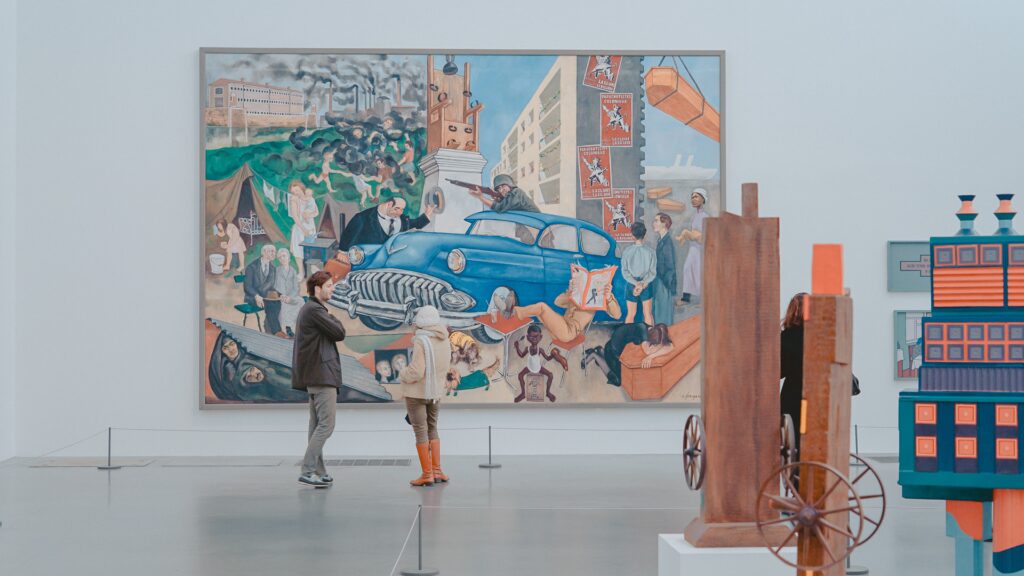Advancements in game art technology have allowed game developers to create increasingly immersive and visually stunning worlds in video games. The adoption of 3D graphics enables the display of objects from multiple perspectives, creating realistic and dynamic game worlds that players can interact with. The emergence of virtual reality technology allows for full player immersion, while procedural generation aids in creating expansive game worlds with thousands of unique locations, objects, and characters. These advancements have revolutionized the way games are designed and played and hold exciting possibilities for the future of video games.
Pushing the Limits: Advancements in Game Art Technology
Since the inception of video games, technology has played a crucial role in their design and development. As game developers strived to create better and more immersive experiences for players, they have continually pushed the limits of technology to make it happen. One area where this is particularly evident is game art technology. In this article, we will explore the advancements that have been made in game art technology.
Introduction
Game art refers to the visual elements of a game, including the characters, environments, objects, and animations. It is a crucial aspect of game design as it not only provides an immersive and engaging player experience, but it also helps to convey the game’s story and mechanics. As game technology has advanced, so too has game art technology, allowing developers to create more intricately designed and visually stunning games.
3D Graphics
One of the most significant advancements in game art technology has been the widespread adoption of 3D graphics. While early video games were 2D and had limited ability to display objects from multiple perspectives, modern games utilize 3D graphics to create immersive environments and characters that players can interact within realistic ways. One major advantage of 3D graphics is that they allow for real-time rendering, meaning that the game can display objects and environments in real-time as the player moves around them. This has made it possible to create more complex and dynamic game worlds, with advanced lighting and shading systems that create realistic shadows, reflections, and textures.
Virtual Reality
Virtual reality is an emerging technology that is revolutionizing the way games are designed and played. VR headsets allow players to fully immerse themselves in digital environments, creating a sense of presence that was previously impossible. Game developers are creating games that take full advantage of this technology, designing environments and characters that feel like they exist in real life. Game art technology has played a crucial role in the development of VR games, as creating convincing digital environments requires detailed and realistic 3D graphics.
Procedural Generation
As games have become more expansive and complex, it has become increasingly difficult for developers to create every element of a game world by hand. Procedural generation is a technology that allows developers to algorithmically create game content, including environments, objects, and characters. This technology has been used to create huge open-world games with thousands of unique locations, objects, and characters. While procedural generation is not yet sophisticated enough to replace traditional game art entirely, it has proven to be a valuable tool for developers looking to create more diverse and expansive game worlds.
Conclusion
The advancement of game art technology has enabled game developers to create increasingly immersive and visually stunning games. From 3D graphics to virtual reality, the technology behind game art has allowed for the development of games that are more realistic and engaging than ever before. As we continue to push the limits of technology, it is exciting to imagine what kind of games we will be playing in the future.
